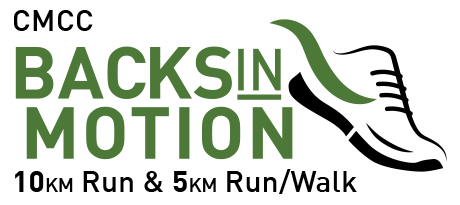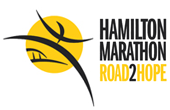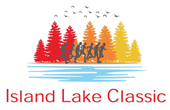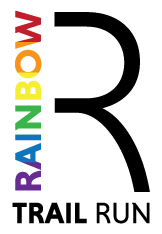 I read about and see so many people focusing on expensive gimmicks and training plans all aimed at making you faster. This is all fine and good and there is a place for this. However, many people are missing out on lots of free speed, especially on the bike.
I read about and see so many people focusing on expensive gimmicks and training plans all aimed at making you faster. This is all fine and good and there is a place for this. However, many people are missing out on lots of free speed, especially on the bike.
The easiest and quickest way to get some of this free speed is too learn how to shift your bike properly. I hear you all saying now, I know how to shift. You pull up on the shifter for easier gears, and push down when I want a harder gear. Simple, Right? Not necessarily.
If you watch top riders they will do a lot of passing approaching hills, and going over the top of hills. This is because of how and when they are shifting.
Approaching a hill.
A lot of people panic when approaching a hill. They shift into the gear they believe they need to be climbing in way too early. To get free speed when going up the hill the best way to shift is to focus on maintaining a constant high cadence and effort as long as possible.
How you shift can assist you in this. When approaching the hill try and maintain your momentum as long as possible. Shift down one gear at a time and hold each gear until your cadence is starting to fall. Then shift to the next gear. By doing this you will maximize the momentum gained on the approach. This is a very effective technique when riding rolling hills. Often you can avoid getting into your granny gear at all. Not only will this save you speed, it also saves a lot of effort. The less time you spend grunting in your granny gear the better.
If you learn this skill rolling hills can actually be faster than a completely flat race course.
The disclaimer with this one is that you need to have full confidence in your bikes ability to shift smoothly when climbing. Skipping a gear doing this could result in the loss of a lot of momentum.
At the top.
For all of us after grunting up a hill the instinct is to ease off once we are at the top to get a bit of a breather. However, you give up a lot of speed when a few more pedal strokes can net you up to 5 seconds time bonus! Multiply that by the number of hills you will do in any given race and viola! Free time!
When you reach the top of a hill resist the urge to rest right away. Keep pedalling strongly over the top of the apex of the hill. This should include shifting through a few gears as well. Give a couple of real strong pedal strokes once you start heading down the other side of the hill before taking a rest. Once again, it is all about momentum. If you can give the bike a bit of a boost before heading down the hill the momentum gained at the top will result in greater gains further down!
Ideally you should keep pedaling down the hill as long as possible. A little input at this stage from you can increase your speed by 5 -8 km per hour. Where else during a race can a little pedaling have such an effect?
Other things you can do!
PSI. No that is not the newest crime drama out there. Pounds Per Square Inch. This is the pressure that is in your tires! Properly inflated tires are an easy source of free speed.
Most clincher tires can hold around 120 PSI in pressure comfortably. Some people flirt with more. The higher the pressure in your tire the harder it becomes to make the tire bend or flex. It can also narrow the footprint of the tire. The less material touching the road the faster you will go. This is part of the reason the skinny tires on road bikes are faster than mountain bikes. Making sure your tires are properly inflated is a vital pre race routine.
When entering transition you always see people inflating their tires. They do this at the race for a couple of reasons.
- High pressure in tires can be a little volatile. Especially when you are taking the bike in and out of a car that may or may not have a large temperature difference from the outside air temperature. Hotter outside = Air pressure to expand, and possible rupture the tire. Colder outside = loss of air pressure do to contraction. Always remember to let out a little air pressure when packing your bike inside a car.
- In the morning temperatures are cold. If you inflate your tires too early you could loss up to 5-8 PSI in air pressure. Do it as close to race time as possible.
Properly inflated tires also reduce the risk of a puncture. The smaller footprint also makes it harder to hit things. The higher pressure also doesn’t allow the tire to flex. This is when a lot of punctures happen.
Inflate your tires before every ride!
Clean your bike. A clean bike is a happy bike, and a happy bike goes fast.
Especially your chain. Not only does this reduce friction, it also lengthens the lifespan of many parts on your bike.
Hope these tips help gain some free speed for some of you!
Safe riding!
Syd is an Elite Age group triathlete. He runs a triathlon forum www.canadiantriathletes.co.nr. Come check us out!





















I ride my bike aprox. 3000km a year and my top results are 85km : 25km/h average speed 65km/h (160RPM) top speed with classic 26″ 43-14 18speed 1995 bike